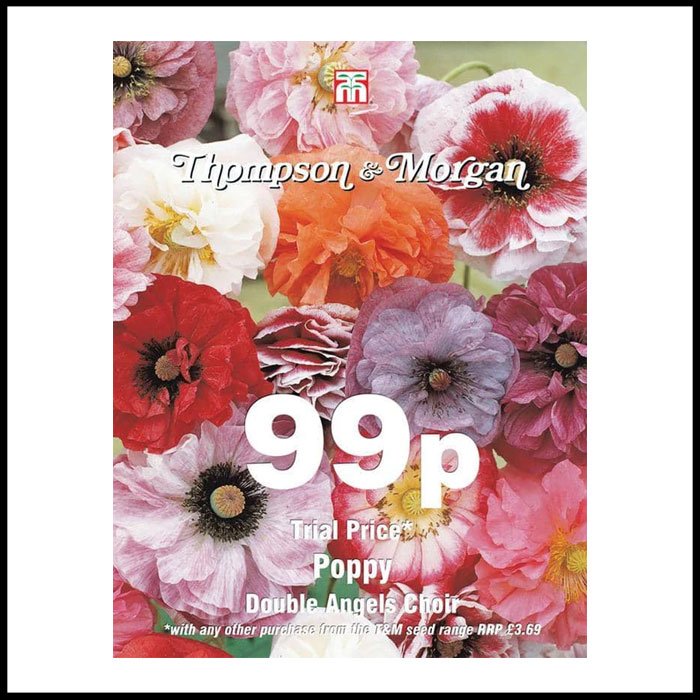 Image 1 of 2
Image 1 of 2

 Image 2 of 2
Image 2 of 2



Pumpkin - Baby Bear F1 Hybrid
'Baby Bear' F1 is an attractive, orange-coloured pumpkin, with great tasting flesh and a thick skin. Named ‘Baby Bear’, the small vine plants produce 5-8 globe-shaped pumpkins that are slightly flattened, with sweet, bright orange flesh inside. Its hull-less seeds are delicious toasted and eaten as a snack. Fruits ripen from green to orange and store well into winter. Harvest September to October.
Height: 45cm (18"). Spread: 200cm (79").
'Baby Bear' F1 is an attractive, orange-coloured pumpkin, with great tasting flesh and a thick skin. Named ‘Baby Bear’, the small vine plants produce 5-8 globe-shaped pumpkins that are slightly flattened, with sweet, bright orange flesh inside. Its hull-less seeds are delicious toasted and eaten as a snack. Fruits ripen from green to orange and store well into winter. Harvest September to October.
Height: 45cm (18"). Spread: 200cm (79").
'Baby Bear' F1 is an attractive, orange-coloured pumpkin, with great tasting flesh and a thick skin. Named ‘Baby Bear’, the small vine plants produce 5-8 globe-shaped pumpkins that are slightly flattened, with sweet, bright orange flesh inside. Its hull-less seeds are delicious toasted and eaten as a snack. Fruits ripen from green to orange and store well into winter. Harvest September to October.
Height: 45cm (18"). Spread: 200cm (79").
Sow pumpkin seed indoors from April to May for transplanting later on. Sow pumpkins seeds on their sides in small 7.5cm (3") pots of seed compost at a depth of about 2.5cm (1"). Place in a propagator or seal pots inside a plastic bag at a temperature of 20-25C (68-77F) until germination which takes 5-7 days. Do not exclude light, as this helps germination. Once germinated, grow pumpkins on in cooler conditions until all risk of frost has passed and pumpkin plants are large enough to be transplanted outdoors. Gradually acclimatise them to outdoor conditions over 7 - 10 days before planting pumpkins outdoors in warm, well drained, humus rich soil in full sun, with shelter from winds. Choose a spot that receives at least 6 hours of direct sun per day.
Alternatively direct sow pumpkins outdoors from late May to June at a depth of 2.5cm (1") and a distance of 2m (6 ½') - 3m (10') apart depending on the variety. Sow 2 seeds per hole and thin out the weakest seedling per station after germination.
Feed and water pumpkins regularly. When growing pumpkins, a thick mulch of organic matter spread around the plants will help to conserve moisture at the roots. Hoe between plants regularly to prevent weeds from establishing. Pumpkins will begin to produce long stems which can be trained in a circle around the plant to prevent them spreading too far.
Leave pumpkins on the plant for as long as possible until the skin has hardened and the fruits start to crack near to the stem. Harvest pumpkins before the first frosts by cutting each fruit from the stem leaving several inches of the stem attached.







